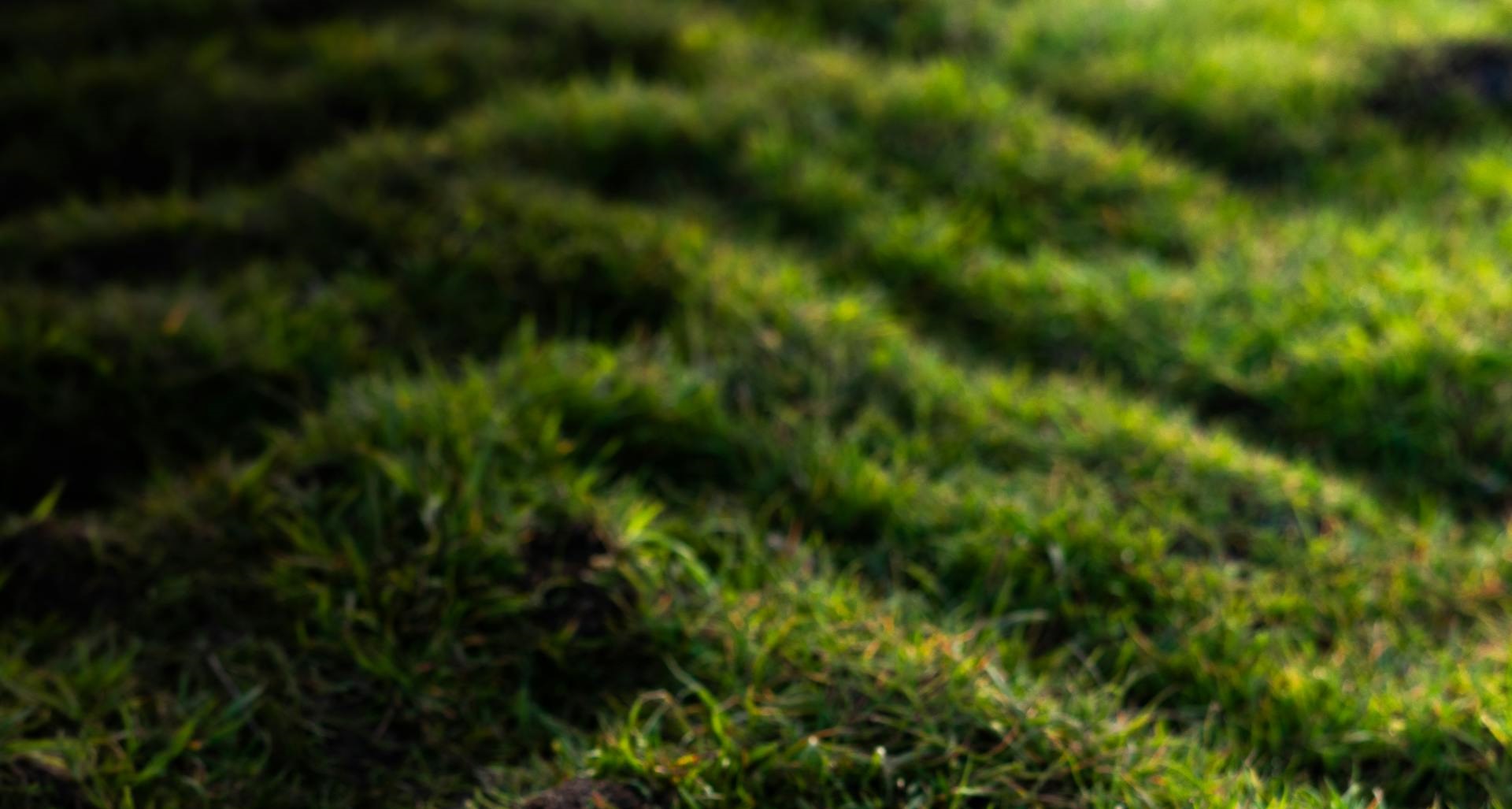
Dry spells ain’t ideal for grass work, but sometimes ya gotta lay sod no matter the forecast. If ya stay in a drought-prone place, like parts of Texas, Arizona, or Southern California, knowing how to install turf right can save both money and your back. Doesn’t matter if it’s St. Augustine grass, Bermuda, or Zoysia sod — water’s still king, but you gotta use it smarter, not more.
Check Water Restrictions First
First thing you gotta do is call the city or check online. Watering limits? Yeah, most towns got ‘em. Some let you water new sod even during bans, but only for like 7 days or something after install. If you mess that up, fines can be rough — like $200+ depending where you at. Don’t just assume it’s okay ’cause it’s new grass. Some cities want you to get a variance permit before doing anything with sod.
Also, you may want to wait till they announce a temporary water window or cooler temps. Installing sod in 100°F+ heat with no shade? Terrible idea, trust me. The roots just won’t grip.
Pick Sod That Needs Less Water
All sod ain’t same. Some kinds survive dry weather way better. Bermuda sod soaks up sun and don’t mind heat too much. Zoysia grows slower but holds moisture better than Bermuda. Buffalo grass? Real tough and drought-tolerant, but ain’t soft to walk on.
Don’t buy sod that’s been sittin’ out for days either. If it’s pale or smells like moldy hay, skip it. Make sure it’s fresh-cut and delivered same day. That’s crucial, especially when you ain’t got extra water to waste.
Soil Prep Changes Everything
Your dirt gotta be ready — not just surface raked. During drought, moisture don’t move deep, so you want to trap it as much as possible. Mixing in compost, even half an inch, can boost water retention big time. Clay soil? You’ll wanna break it up with gypsum maybe. Sandy soil just drains too fast unless you bulk it with organic matter.
Water the ground a day before install, not right before. If it’s dry and rock hard, your sod roots won’t punch through it. Also, some folks use hydretain products — it’s like a soil moisture keeper. Helps grass use humidity and dew more effectively.
Install Early Mornings or Evenings
Laying sod in full sun? Waste of energy. Best time’s 6-9 a.m. or late after 6 p.m. That way it ain’t burning up right as you lay it. Every square should get pressed firmly into the soil. Avoid gaps — they dry fast, and in drought that’s death.
You don’t need a roller unless your area’s flat. A gentle stomp with your boots usually fine. If the sod ain’t level, water pools in spots, which actually wastes more water.
Watering Strategy That Works
Forget blasting it twice a day. That’s useless. You want deep soaking first few days so the roots go down — not stay on top. Here’s what usually works in drought:
– Day 1–3: Water 2–3 times, short cycles (5–7 min per zone), early morning
– Day 4–7: Water once early morning, around 10–12 mins
– Week 2: Cut to every other day
– Week 3 and beyond: Twice a week max, deep soak
Skip evenings. Wet grass overnight = fungus. If city lets you hand water but not use sprinklers, use a soaker hose or oscillating sprinkler early morning only.
Mulch the Edges If Needed
In spots that bake — like lawn edges near driveways or concrete — throw down straw or shredded mulch lightly. Keeps sun from cooking it before the roots grip. You’ll rake it off later, but right now it saves sod.
For commercial sod installation during drought, companies use mulch blankets or Ecoderm seed covers. Not always needed for homeowners, but good if your yard’s got no shade.
Don’t Fertilize Right Away
Some folks throw fertilizer same day as sod. Bad move in drought. Too much nitrogen early on causes burn or forces growth when roots ain’t ready. Wait 3–4 weeks minimum. If anything, use a low-nitrogen starter mix like 10-20-10, and just a tiny bit.
Also, don’t mow until it’s rooted. Tug on it — if it pulls up easy, it ain’t ready. Could be 10 days, sometimes 3 weeks in bad drought.
Shade Is a Bonus, Not a Fix
You can’t rely on shade alone, but it helps. Temporary shade cloths — like the ones used in gardens — cut water need by about 25%. Some folks use old bedsheets too. Don’t cover overnight though.
Long term? Plant a few native trees like Desert Willow or Live Oak, which give filtered shade and don’t hog too much water from the sod.
Sod or Seed During Drought?
Sod costs more up front — about $0.35–$0.60 per sq ft for Bermuda sod, and higher for Zoysia or St. Augustine. But in drought, it’s better than seeding. Seed’s real hard to keep damp all day without city fines. Sod, once wet, holds moisture better.
That said, if budget tight, consider hydroseeding with mulch binders. It’s cheaper than sod, but still needs 2–3x watering daily first week — not ideal if rules are strict.
Wrapping It Up (No Fancy Words Here)
Sod install in drought ain’t easy, but you can do it if you prep right. Pick the best grass type, water smarter (not just more), and avoid mistakes like fertilizing too soon or watering midday. Use shade where you can. And don’t forget, even if you follow everything right — sod still might stress a bit. That’s normal. What matters is the roots are growing underneath.
Need help figuring out sod types or prepping soil? Hit up your local extension office or turf supplier. They usually know what survives best in your zip code.